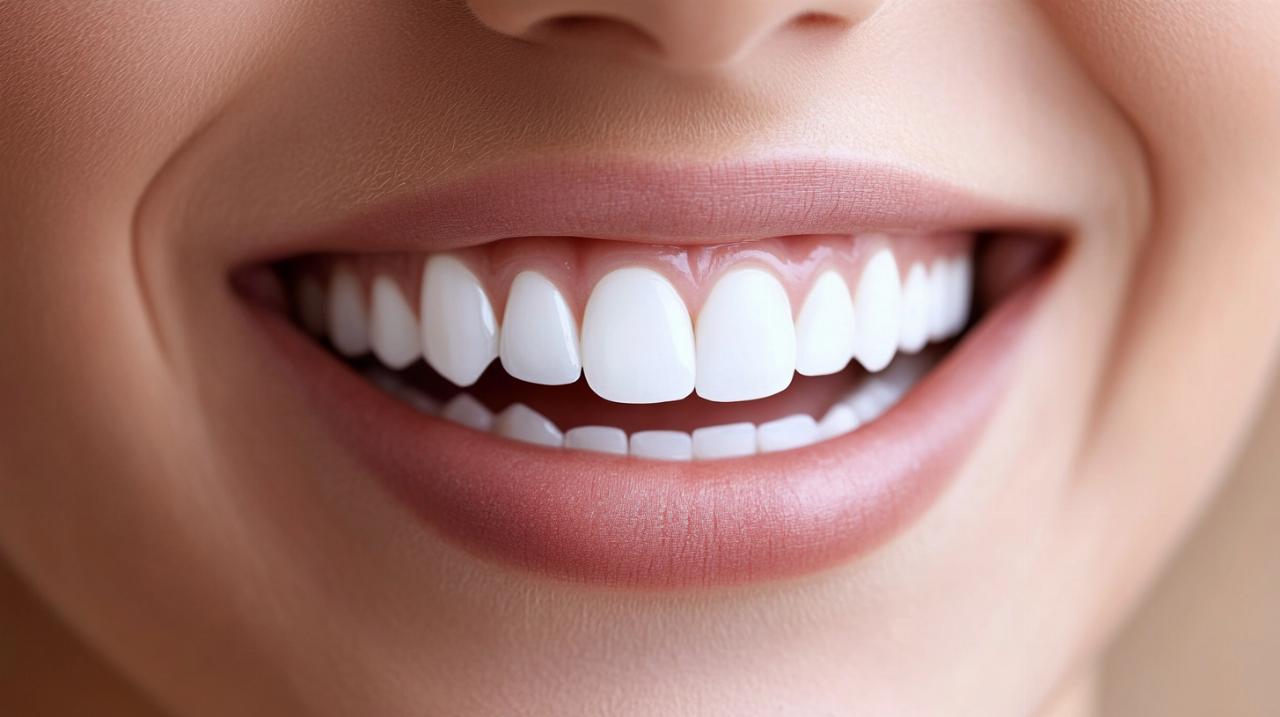Dealing with a sudden dental mishap can be both uncomfortable and distressing, particularly when you cannot secure an immediate appointment with your dentist. Whether it’s a lost filling, a broken crown, or an unexpected cavity causing discomfort, finding a swift remedy becomes essential. Fortunately, temporary dental filling solutions available from your local chemist can offer much-needed respite until professional care is within reach. These interim measures are designed to protect the affected tooth, ease pain, and prevent further damage, all while you await your scheduled visit.
Understanding temporary dental fillings: what they are and when you need them
Temporary dental fillings serve as a short-term remedy for various dental emergencies. They are not intended to replace professional treatment but rather to provide a stopgap measure when you cannot immediately see your dentist. These fillings are typically made from dental cement that hardens upon contact with saliva, creating a protective barrier over the exposed area of the tooth. This barrier helps to shield sensitive nerves, reduce discomfort, and prevent debris or bacteria from entering the cavity or gap left by a lost filling or broken crown.
Common dental emergencies requiring interim solutions
Several situations might prompt you to seek a temporary dental filling solution before dentist appointment. One of the most frequent scenarios is losing a filling, which can happen due to wear and tear, biting into hard foods, or simply the gradual breakdown of the original material. When a filling falls out, the underlying tooth structure becomes vulnerable, often leading to heightened sensitivity and pain. Similarly, a broken or dislodged crown can expose the tooth beneath, causing similar discomfort and risk of further damage. Unexpected cavities that develop between routine check-ups can also cause significant pain, especially if they reach the inner layers of the tooth where nerves reside. In such cases, a makeshift filling can provide immediate relief and protect the tooth until a dentist can perform a permanent repair. Emergency dental treatment is not always available instantly, making these temporary solutions invaluable for managing acute discomfort.
How makeshift fillings provide relief until your appointment
The primary benefit of using a temporary filling is pain relief. When a tooth’s protective layer is compromised, nerves become exposed to temperature changes, food particles, and bacteria, all of which can trigger sharp, persistent pain. By covering the exposed area with dental cement, you effectively insulate the nerve and reduce sensitivity. This allows you to eat, drink, and go about your daily activities with greater comfort. Additionally, these fillings help prevent further deterioration of the tooth by keeping out harmful bacteria and debris that could lead to infection or more extensive decay. While they are not a substitute for professional dental care and should not be relied upon for more than a week without seeing a dentist, they offer a practical and accessible means of managing dental emergencies in the interim. The convenience of purchasing these products from an online pharmacy or a local chemist means you can address the issue promptly, even outside regular surgery hours.
Safe and Effective Temporary Filling Methods You Can Use at Home

Applying a temporary filling at home is a straightforward process, but it requires careful attention to ensure the best possible outcome. Most kits available from the chemist come with detailed instructions, and following these steps will help you achieve a secure and comfortable fit. Begin by gently brushing your teeth to remove any food particles or debris from the affected area. Rinse your mouth with warm water to ensure the tooth is clean, then dry the area as thoroughly as possible using a clean tissue or cotton swab. Moisture can interfere with the setting process, so a dry surface is essential. Next, use the tool provided in the kit to mould the filling material and press it firmly into the gap or cavity. Bite down gently to level the surface, ensuring it aligns with your other teeth. Avoid eating or drinking for at least an hour after application to allow the cement to harden properly. For the first few days, try to chew on the opposite side of your mouth to prevent dislodging the temporary filling.
Over-the-counter dental cement options available at chemists
A variety of temporary dental cement products are available at your local chemist or through an online pharmacy, catering to different needs and budgets. One popular option is the Nocavity Kit, which retails for approximately ten pounds thirty pence and has garnered a rating of 4.88 out of 5 from over seven hundred reviews, reflecting its reliability and ease of use. CLICADENT REPAIR is another well-regarded choice, priced at around thirty-one pounds eighty pence, offering a slightly more premium option for those seeking additional features or a larger quantity of material. For those on a tighter budget, FiTspi provides an affordable alternative at about three pounds, making it accessible for emergency situations. Other kits, such as those from Protesan Mono, HASAIKA, and various generic brands, range in price from roughly six to thirteen pounds, with some extending up to thirty pounds depending on the brand and quantity included. Many online retailers offer free delivery on orders over fifty pounds, with fast delivery options starting from about three pounds ninety pence, ensuring you can obtain these essential health products quickly when needed.
Natural Remedies and Household Solutions for Quick Tooth Protection
While over-the-counter dental cement is the most reliable option for temporary fillings, some people explore natural remedies or household solutions as an immediate stopgap. However, it is important to note that these methods are far less effective and should only be considered when a chemist product is not immediately available. Clove oil, for instance, has been used for centuries as a natural pain reliever due to its numbing properties, and a small amount applied to the affected tooth can provide temporary comfort. Similarly, a paste made from crushed garlic, which has natural antibacterial qualities, might offer minor relief, though its strong taste and smell can be off-putting. Some individuals have tried using sugar-free chewing gum to plug a cavity temporarily, but this is not advisable as it lacks the hardening properties of proper dental cement and can easily dislodge or worsen the problem. Ultimately, these natural remedies should never replace a visit to the dentist or the use of a proper temporary dental cement available from your local chemist or online pharmacy. Dental hygiene and preventative dentistry remain the best long-term strategies for avoiding such emergencies altogether. If you are experiencing significant pain or if a temporary filling falls out, contact your dental practice as soon as possible to arrange professional treatment. The Cosmetic Dental Gallery, with locations in Greenwich and Battersea, offers a comprehensive range of dental treatments, including emergency dental treatment, root canal treatment, and cosmetic bonding, ensuring you receive the care you need without delay.

